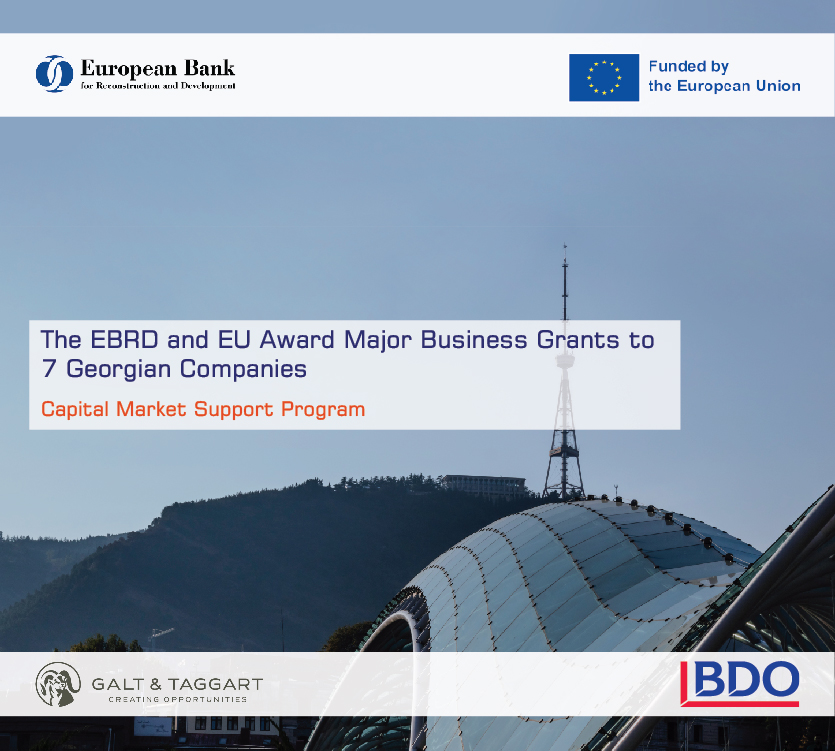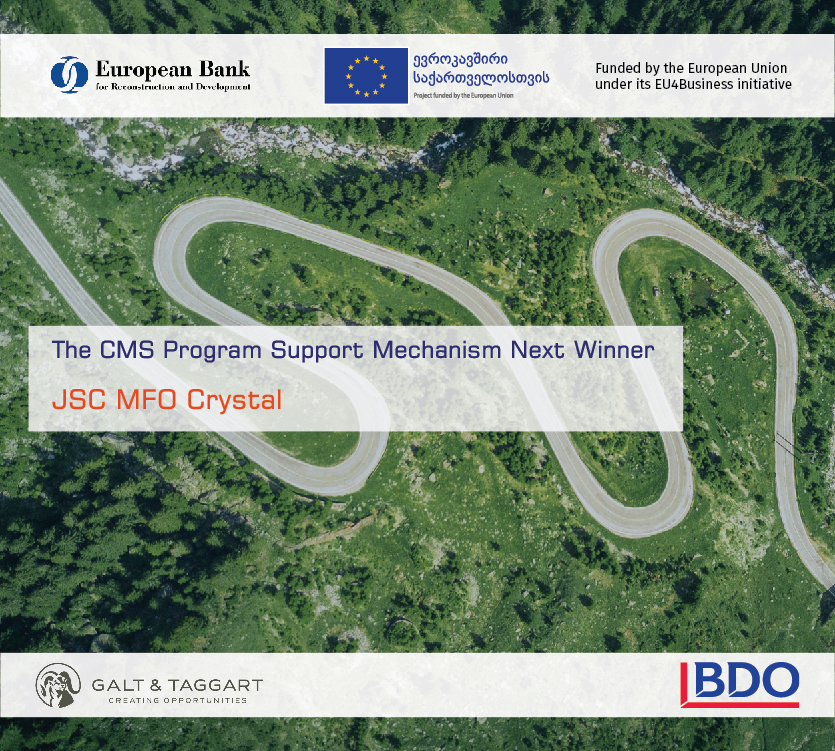
Primary vs. Secondary Markets
Read a piece about primary and secondary markets as part of the "Capital Market Support Program" educational segment.
Primary Market
When a corporation sells new stocks and bonds publicly for the first time, it does so in the primary capital market. This market is also known as the new issues market. In many circumstances, the new issue takes the form of an initial public offering (IPO). When investors buy securities on the primary capital market, the company that sells them employs an underwriting firm to assess them and prepare a prospectus explaining the pricing and other features of the securities to be sold.
All issues in the primary market are strictly regulated.
Secondary Market
After a firm has sold its offering on the main market, its securities are traded in the secondary market. It is also known as the stock market.
The secondary market, which includes places where investors exchange previously issued shares, is not used by issuing businesses.
The secondary market is separated into two categories:
- An Auction This is a method of exchange trading through direct contact between the buyer and the seller. One such example of this method is the New York Stock Exchange.
- A Dealer Market is a market where people trade through electronic networks. It is in such markets that most small investors trade.
A regulatory authority, such as the Securities Exchange Commission(SEC), oversees the secondary market.
The Capital Market Support Program is funded by the European Union and is implemented by the EBRD’s Capital & Financial Markets Development team. The program is led by EBRD’s lead contractor, Galt & Taggart, together with BDO Georgia.
See detailed information about the project at the link.


